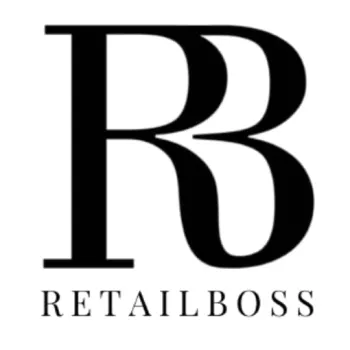The balance of power between retailers and brands rarely tips dramatically overnight. Until now.
Dick’s Sporting Goods announced its $2.4 billion acquisition of Foot Locker is a strategic realignment that transforms how major sportswear brands must approach their distribution strategies.
The combined entity will wield unprecedented leverage over major sportswear brands like Nike, which accounts for about 60% of Foot Locker’s sales and remains a crucial partner for both retailers.
The deal represents far more than market consolidation. It creates a retail powerhouse with unprecedented leverage against the very brands that stock its shelves. With over 3,200 stores across over 20 countries and annual revenues topping $21 billion.
Dick’s Sporting Goods’ acquisition of Foot Locker is set to redefine the power dynamics in athletic retail, creating a formidable player with unmatched scale, reach, and negotiating clout.
A New Retail Superpower Emerges
T This acquisition expands Dick’s addressable market from $140 billion to a staggering $300 billion through Foot Locker’s global network of 2,400 stores across 20 countries. Beyond sheer size, the combined entity now controls access to distinctly different consumer demographics.
Dick’s has traditionally catered to affluent, suburban, and older consumers. Foot Locker brings a complementary base of urban, younger, and lower to middle-income shoppers who drive sneaker culture. This demographic diversification creates unparalleled market coverage.
The acquisition gives Dick’s its first significant international foothold. Global reach has long been the exclusive domain of the brands themselves. Now a retailer holds similar geographical cards.
Shifting Negotiation Dynamics With Brands
Major footwear and apparel brands have spent years building direct-to-consumer channels to reduce retailer dependence. Nike famously pulled products from many smaller retailers to focus on DTC and select partners. Adidas and Under Armour followed similar strategies.
This merger dramatically changes that equation.
The combined Dick’s-Foot Locker entity now wields significantly enhanced negotiating power with key vendors like Nike, Adidas, and Puma, particularly important amid current tariff pressures. Brands that once dictated terms must now reconsider their approach to this retail giant.
Even Nike, the industry’s most powerful brand, recognizes this shift. CEO Elliott Hill publicly endorsed the deal, stating: “Dick’s Sporting Goods and Foot Locker are two of the most storied and respected brands in our industry and have been our valued partners for decades…I am confident that together, they will help elevate sport and continue to accelerate the growth of our industry.”
This public endorsement reveals the complex interdependence between brands and retailers in this new landscape.
Strategic Operational Independence
Dick’s plans to operate Foot Locker as a standalone business unit. This preserves brand equity while maximizing operational synergies. The consumer “may or may not know that Dick’s and Foot Locker are one,” according to CEO Lauren Hobart.
This approach allows each banner to maintain its distinct market position while the parent company leverages combined scale behind the scenes. Brands must now navigate relationships with what appears to be separate retailers but is actually a unified negotiating entity.
The strategy enables Dick’s to project $100-$125 million in cost synergies through procurement and direct sourcing efficiencies. These savings strengthen its competitive position against both traditional retailers and brand DTC channels.
Industry Consolidation Accelerates
This acquisition doesn’t exist in isolation. It follows closely behind 3G Capital’s $9.42 billion buyout of Skechers, highlighting a broader consolidation trend driven by macroeconomic pressures.
Volatile market conditions, weakening consumer sentiment, and troubled U.S.-China relations are driving companies to seek safety in scale. Smaller retailers and brands face mounting pressure as the industry’s largest players grow even more dominant.
For brands, this consolidation means fewer retail partners with greater individual influence. The days of dictating terms to fragmented retailers are waning.
The New Retail Reality
Brands must adapt to this new power dynamic in several ways:
First, expect more collaborative product development. The combined retailer now has unprecedented consumer insight across demographics, creating opportunities for exclusive co-branded products that benefit both parties.
Second, distribution strategies require recalibration. Brands must balance direct channels with this new retail giant, recognizing that neither can fully succeed without the other.
Third, data sharing will become increasingly important. The retailer that controls access to diverse consumer groups holds valuable information that brands need for product development and marketing.
Finally, pricing power shifts toward the retailer. With greater scale comes greater ability to negotiate favorable terms, potentially squeezing brand margins.

















